Winter is not ideal for hiking, especially in a place like the Rocky Mountains. But when you’re near Rocky Mountain National Park, you want to go for a hike, no matter what time of year it is. Fortunately, there’s a trail that’s challenging and rewarding, that you can access during the snowy months. I highly recommend hiking the Bear Lake Trail to Emerald Lake in winter.
Location
Bear Lake is located south of Trail Ridge Road in Rocky Mountain National Park. From Estes Park, enter the park on US 36, pass the Beaver Meadows visitor center, then turn left onto Bear Lake Road. The road gains elevation until arriving at the trailhead at the end of the road.
My Visit
My trip to Colorado and Utah in January 2018 hadn’t quite satisfied my itch for seeing snow. I had only seen snow on the second day of my week-long visit to the area. Now, on the last day, I knew I needed to go somewhere that would give me what I needed. And boy, was I right — the hike to Emerald Lake in Winter had all the snow I needed to make it through the following 51 months of the year.
The sky was blue in Estes Park, but as I made my way up to the Bear Lake trailhead, things changed. As I got closer to the mountains, the sky turned grey, and flurries filled the air. The road was slippery in spots until I reached the parking lot at the trailhead, which was covered generously with ice and snow. It was exactly what I was hoping for.
You can visit Bear Lake with just a quick walk from the parking lot. You can see what it looks like in summer, here.
From Bear Lake, in summer or winter, the trail leaves the viewpoint and heads south towards the next lake in the series, Nymph Lake.
Once you get to Nymph Lake, you’ll have the option of walking around it or straight across it. Plenty of people were doing the latter, so I decided it was probably okay. Of course, there’s always a risk when walking across a frozen lake. Be sure to stay away from the lake’s inlet and outlet, where moving water may result in thinner ice. And keep in mind, sometimes there’s a layer of slush between the snow and the ice that can be quite messy — sometimes snowshoes will be helpful.
On this day, though, a trail was firmly packed, and it was easy to hike across the lake.
In case you’re wondering how you follow a trail that’s covered with snow, the answer is — very carefully. During my visit, trail marker signs were partially buried. Signs that would have been at waist-height were below my knees, meaning the snow was probably at least a foot or two deep here. But, that path in the snow was well-packed. In most places, you could walk on it without sinking.
I did have some trouble following the trail in this area, in between Nymph and Dream Lakes. Here, the trail goes up and over a hill. Some of the previous hikers had gone in different directions, and the footsteps I chose to follow weren’t the right ones. I struggled to make it through some deep snow, but eventually saw another hiker on a different path, and made my way back over to the main trail.
Crossing Dream Lake was a nightmare. This long, narrow lake created a superhighway for fast-moving wind. I don’t know how strong the wind actually was, but it felt like I was walking through a frozen hurricane.
It was even worse on the return trip. The only way to make it across was to put my head down and keep walking forward. This picture doesn’t do it justice.
As soon as I got to the other side, some trees helped buffer the winds, and the hike was pleasant once again. Some of the nearby mountains were even starting to peek through the clouds.
Emerald Lake in Winter
Summer or winter, the trail ends at Emerald Lake. The only difference is, Emerald Lake in Winter doesn’t look very emerald-ey. At this viewpoint on the east end of the lake, the wind was once again howling. Clouds had thickened, and I could barely see the beautiful mountain peaks surrounding the lake. However, it was still an incredible place to behold.
It’s a little less than two miles, one way, to this point. I suppose, when the lake is frozen, you could hike across it to the far side, but I wasn’t in the mood to go any farther — and judging by the lack of footprints, nobody else was, either.
I took my time on the return trip, enjoying the snow and not worrying about how long it took to get back to the trailhead.
After this hike, I hiked another trail nearby (to Alberta Falls), then spent some time driving around on the roads that were open. You can read all about that part of the park on the next page.
Drivelapse Video
Here’s a look at the drive up to Bear Lake…
… Bear Lake to Many Parks Curve…
… Many Parks Curve back to Estes Park…
… and Estes Park out to Interstate 25:
The Bottom Line
Hiking through the snow to Emerald Lake in Winter is quite an adventure! Be sure to bundle up and prepare yourself for freezing temperatures and howling wind. If you don’t mind the extra effort required to hike through the snow, you’ll get to enjoy a great part of Rocky Mountain National Park in a way that most people will never experience.

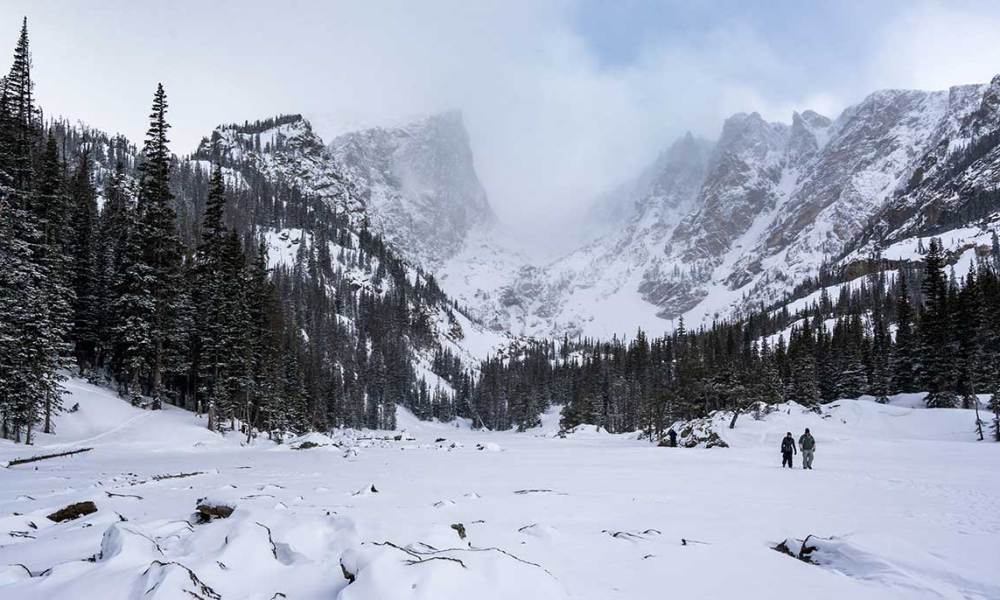
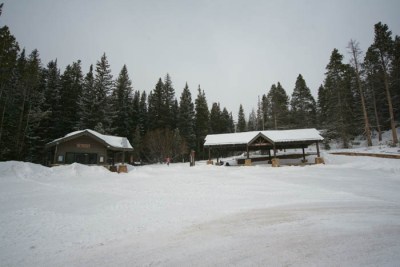
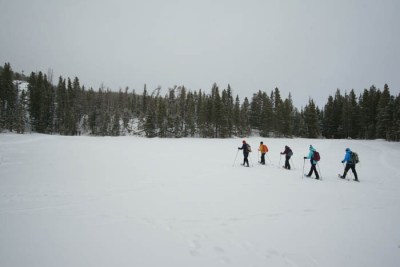
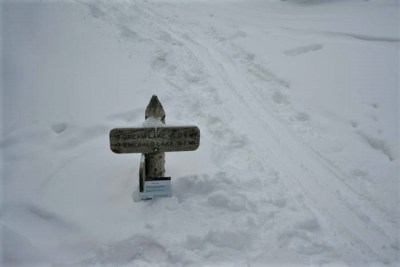
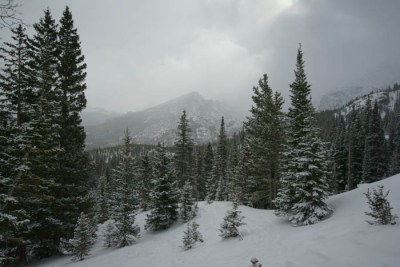
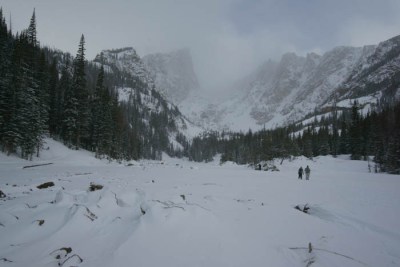
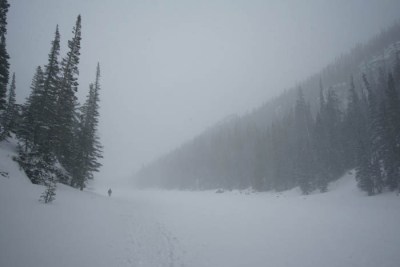
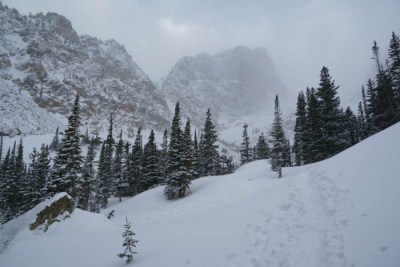
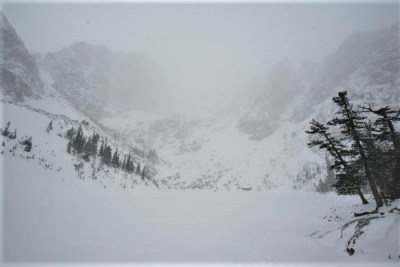


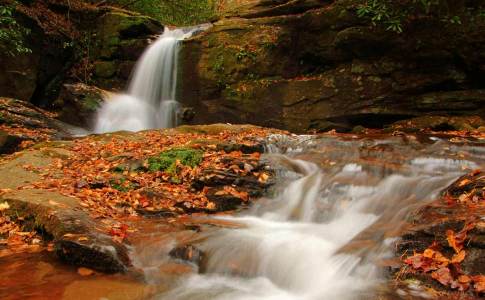
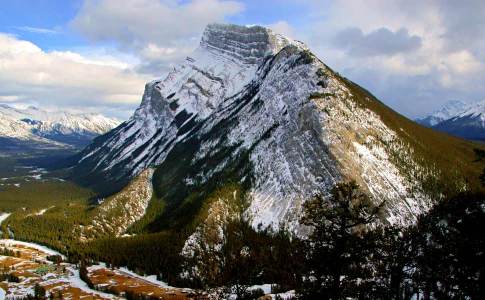
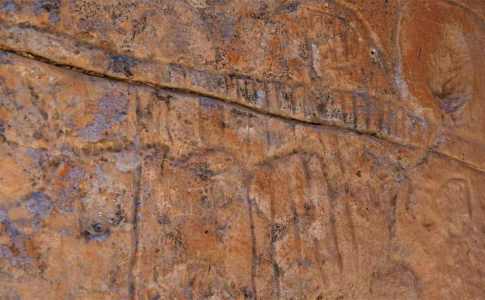
No comments